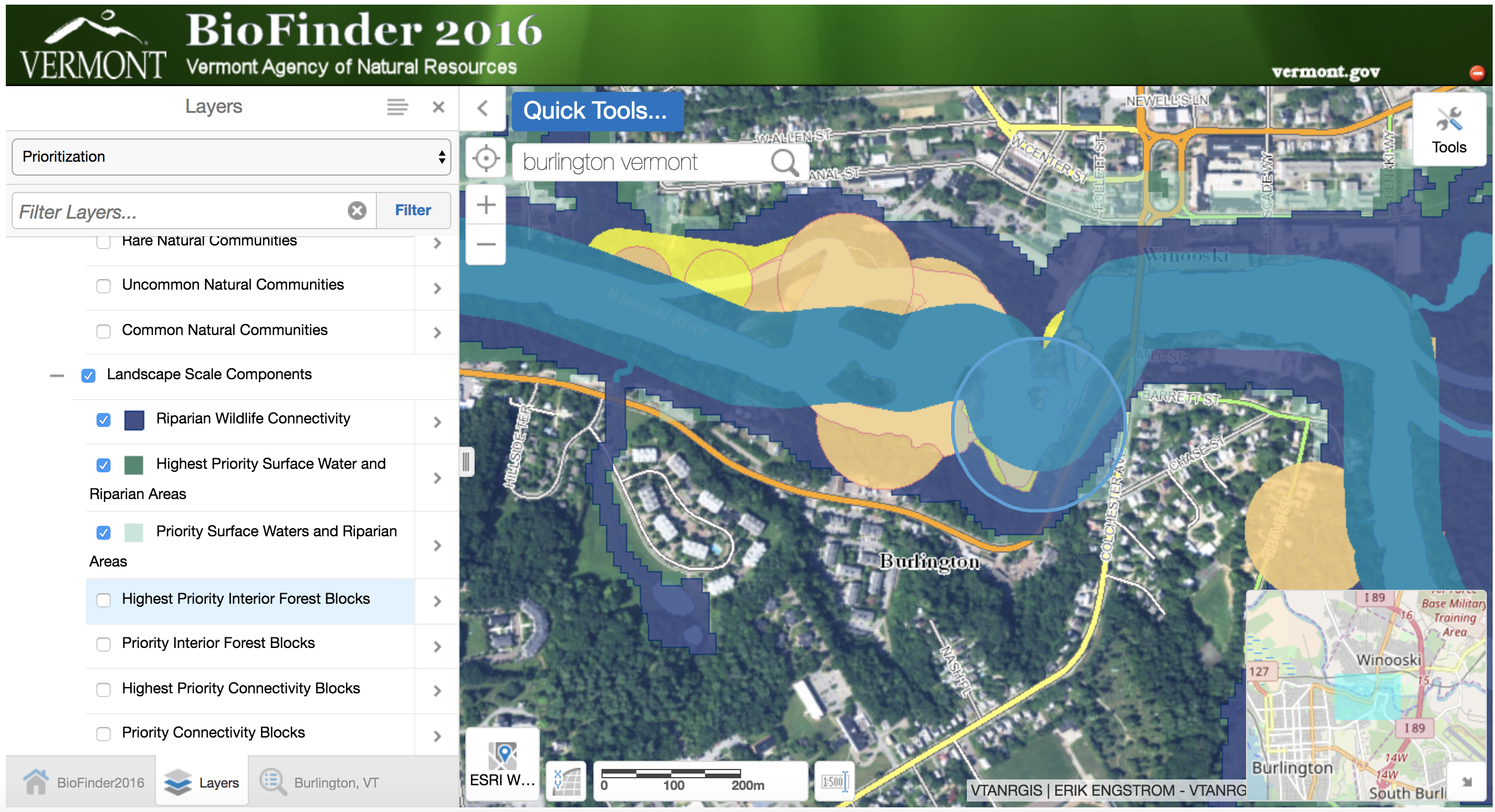Hello Spring Breakers!
Early spring is my favorite season. I love watching the world thaw and new life being created. However, this spring break hasn’t felt very spring-like at all. Here is Southern Vermont we have had over two feet of snow in the past week and the world looks like it is caught in a permanent blizzard – unchanging. This stationary feeling was even more pronounced when I traveled to my new phenology spot in my hometown of Manchester, Vermont.
Right behind the local ice rink is a wooded area with trails for disk golf.
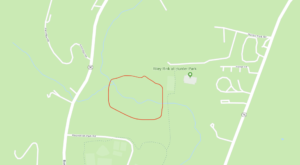
The area circled in red is the area I chose to explore with my mom and my dog this afternoon. The area was very hilly, with a stream running through the valleys. Unlike my phenology spot in Burlington, this body of water was most definitely a stream; muddy, swampy, and barely flowing. The Winooski River on the other hand, although covered in ice and seemingly frozen, is a swift-moving waterway. Another difference between this new spot and the one back in Burlington is the differentiation in species composition.
At Salmon Hole, the forest is mainly made up of deciduous trees, and there is barely any color this time of year. The area behind the rink is mostly composed of coniferous trees, specifically Eastern Hemlocks, which gives the appearance of being forever green.
There were also some American Beech saplings in the area. These saplings were beginning to form the classic long cigar like buds, which to me, symbolizes that spring is just around the corner.
Stopping to catch our breath for a moment, we pause, listening to our surroundings. Chickadees are creating a harmony in the canopy above us. The slightly electronic buzz of a woodpecker chimes in every so often. While we could not see them physically, their voices made their presence known.
However, we did manage to see what I believe is evidence of a woodpecker enjoying a snack. These holes in the hemlock tree helped secure my theory.

After stomping around in snow up to our knees, we finally reach the end of the path atop a very steep hill. Flopping down on to the ground exhausted, I turn my head and what I see makes my heart melt. Surrounding a pipe dripping water tiny green shoots are popping up all around me. Two and a half feet of snow and bitter windchill won’t keep these first signs of life from reaching towards the sun.
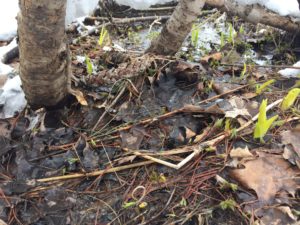
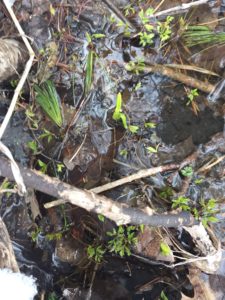
Have a lovely weekend everyone, and look out for signs of new life! 🙂
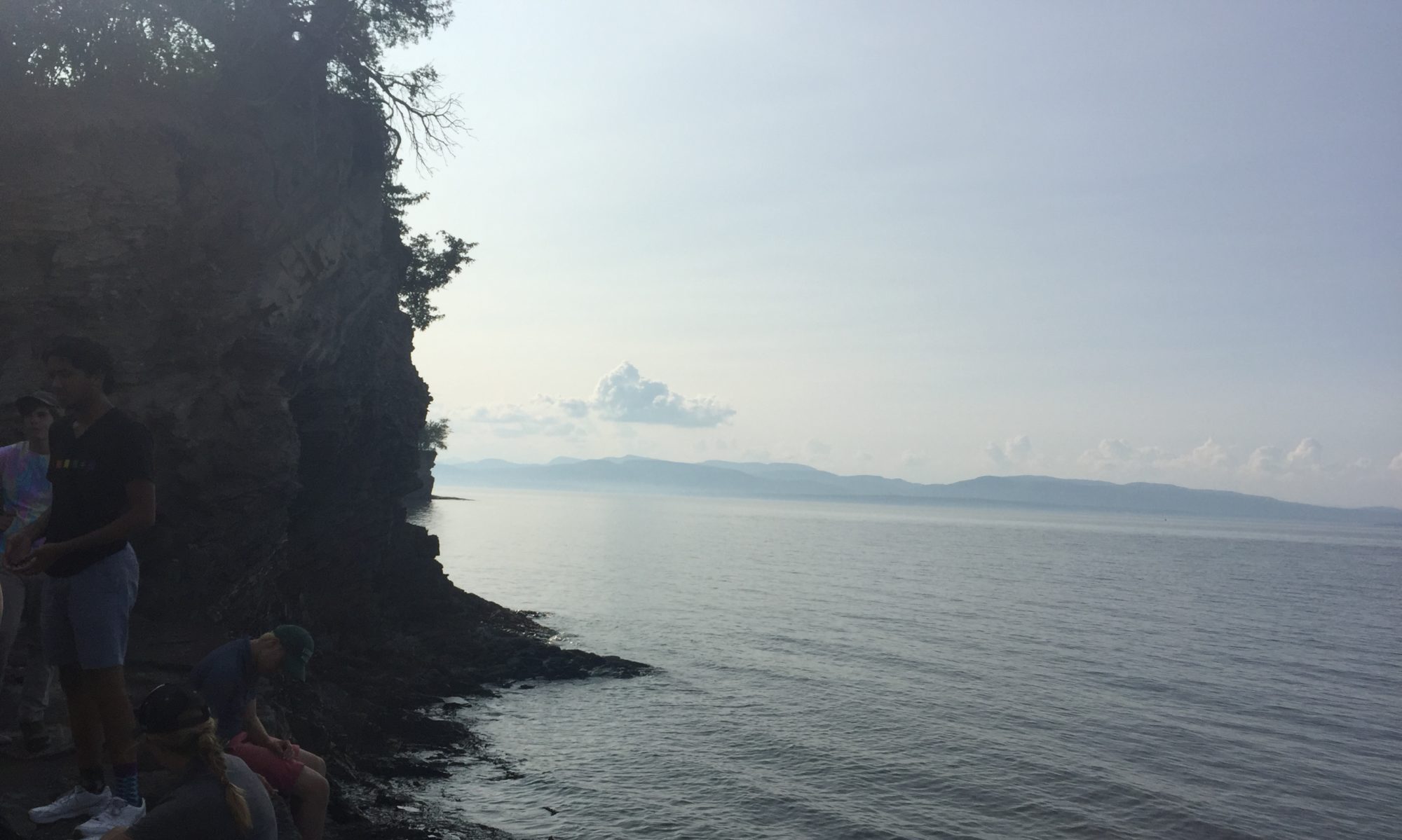
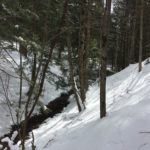
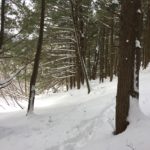
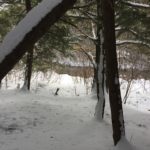
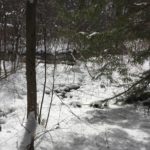
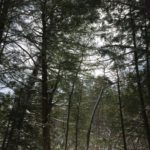
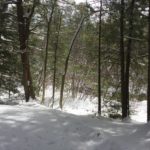
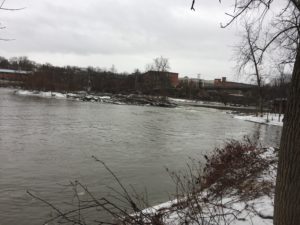 <–The whole part that is underwater currently used to be solid land that you could walk out onto.
<–The whole part that is underwater currently used to be solid land that you could walk out onto.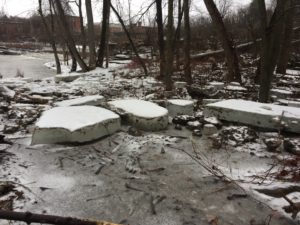

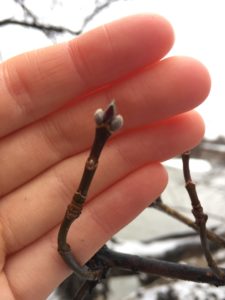 <– I have been having a lot of difficulty focusing my camera lately – I will work on that!
<– I have been having a lot of difficulty focusing my camera lately – I will work on that!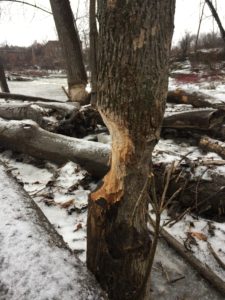
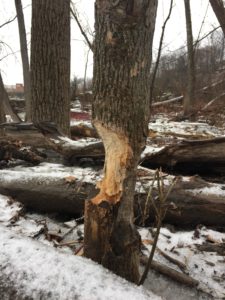

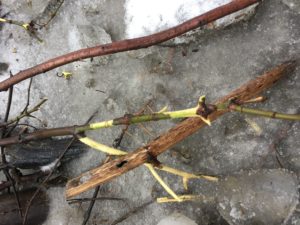
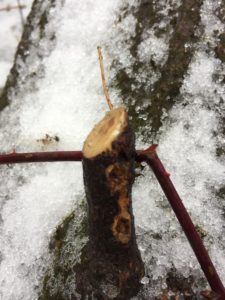
 <–also the ends of some twigs.
<–also the ends of some twigs.